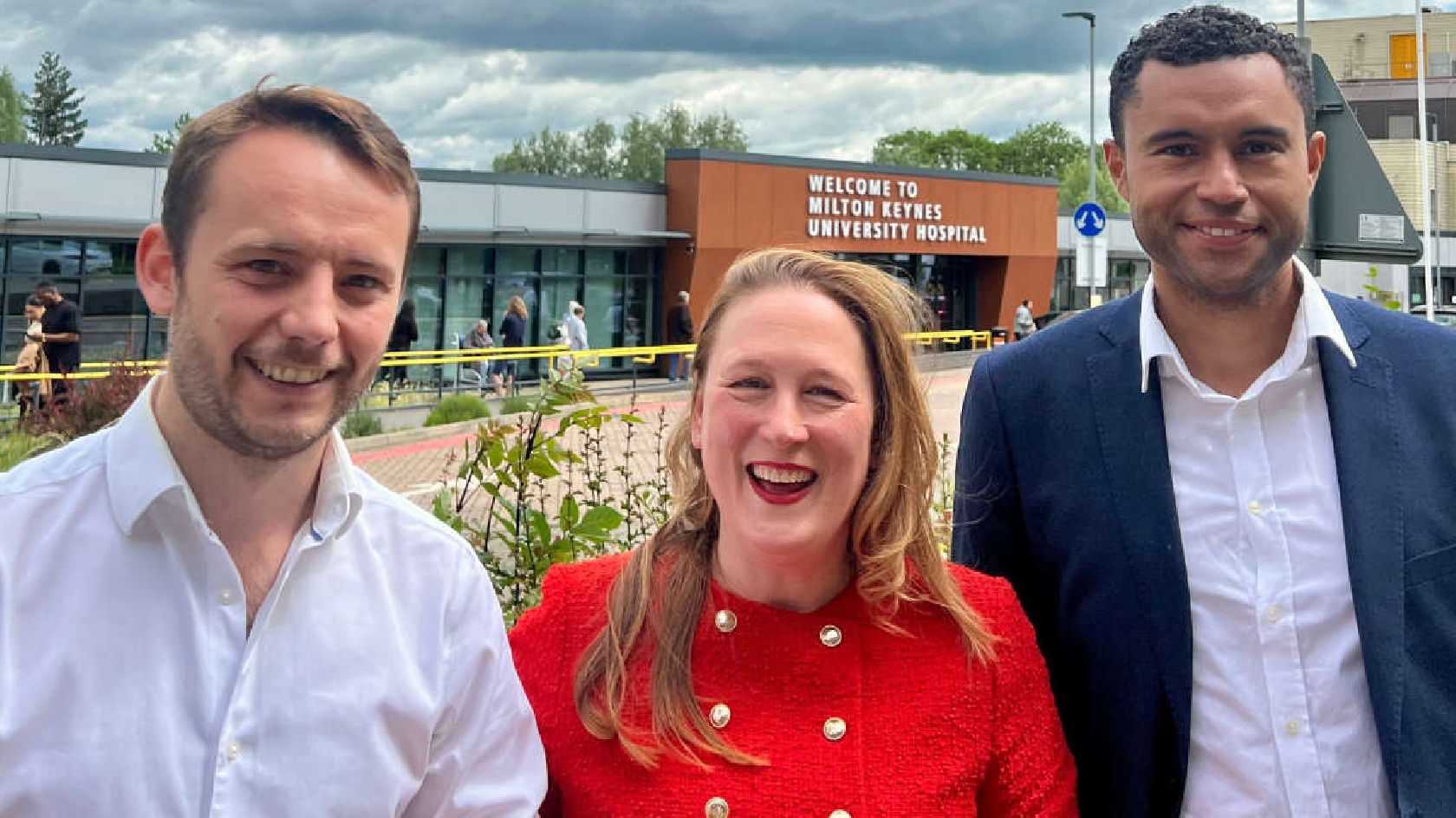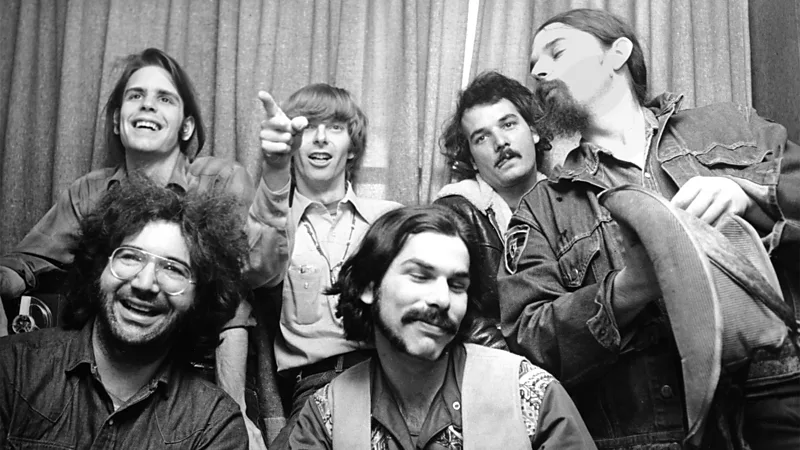How are trade deals actually negotiated?
Trade deals have never been more in the headlines, as Donald Trump continues to threaten countries with higher tariffs until they sign new agreements with the US. But how exactly are trade deals negotiated between nations, and has the US president's forceful actions changed how the talks are conducted?

Former Canadian trade negotiator Jason Langrish says that Trump's tariff threats have undoubtedly worsened the tone inside the negotiating rooms.
"Lately, as we've gone into a nativist, nationalist phase, these trade deals have become more defensive and accusatory," he explains.
Mr Langrish, who helped Canada sign trade deals with the EU and India, adds that this contrasts with how such agreements were previously reached. "Traditionally, trade talks were positive because you're taking an agreement that works between two countries and you're upgrading it."
He points to the continuing trade talks between Canada and the US as an example of the change in atmosphere. Their two teams are currently working towards signing a new deal by a 1 August deadline.
"It's what we would call a defensive negotiation. Canada didn't ask for this, but it's something that we have no choice but to engage in."
Another former trade negotiator, Karl Falkenberg, who represented the EU in talks for many years, says that Trump "doesn't recognise the rules of the game". Mr Falkenberg doesn't mean that as a complement, but Trump would surely take it as one.
But how exactly are trade talks conducted? What takes place in the rooms behind closed doors?
"A chief negotiator is appointed on each side," says Mr Langrish. "Teams are put in place for each table, so there might be a table for tariffs, or regulation, and government procurement. Each of those tables would have its own sub-negotiator."
Then he says, "it's off to the races", caveating that deals often take years to finalise.
For Mr Falkenberg, a typical day in negotiations involves a morning and afternoon session, but he says he can "remember leaving the office at 5am in the morning".
"If meeting the deadline is looking possible, people are prepared to sit through long hours - the longest I did was 24 hours," he recalls.
While TV political drama will often sensationalise conflict in negotiations, most in the business say that the real work happens quietly, over long hours of strategic give and take.
"Because, at the end of the day," says Mr Falkenberg, "as a negotiator you want to come to an outcome with someone else, so you need to build trust and connection".
Wendy Cutler worked as a negotiator for the US Trade Representative's Office for 27 years. I ask her whether in that time, she was ever assigned a good or bad cop role.
She smiles and says: "I've played all the different roles, but I don't know which one I've been the most successful in."
For Ms Cutler trust was her most important negotiation tool.
"You're not going to have 100% trust, because each side has their own national objectives in mind," she says. "But if you feel that you can informally share proposals with the other side, and that's not going to be leaked to the press, or get out to your stakeholders, it's easier to find a successful conclusion."
But while the internal dynamics in the negotiating room do matter, what is happening in the world outside can often make or break a deal, says Mr Langrish. He points to those opposed to an agreement being made, such as a sector of the economy that may be negatively impacted, or domestic political opposition.
"It's not just the people who are for the advancement of the trade deal," he says. "There's also people and sectors that stand to lose and they have political clout as well. The political side is ultimately what slows things down."
Ms Cutler adds that what must be making life difficult for US negotiating teams is the fact that Trump wants them to sign new deals with most countries in a very short window. She cites the April declaration by White House trade adviser Peter Navarro that the US would secure "90 deals in 90 days".
"Trying to conclude 90 deals in 90 days has been a bridge too far even for Donald Trump," says Ms Cutler.
Instead, since April the US has announced agreements with the UK, Vietnam, Indonesia, Japan and the Philippines, as well as a partial agreement with China.
"I don't think from day one that the US government has had the appropriate bandwidth to deal with all the requests to meet and to negotiate with the whole range of countries," she adds.
Her advice to President Trump and his inner circle is to stop using social media. "Sometimes being too public in a negotiation can hurt progress in that it boxes both sides in and brings the tensions to the public, and therefore it's harder for each side to back down."
In the meantime, as US tariffs seem to endlessly – and confusingly - go up and down, the world's trade lawyers are in hot demand.
Companies trying to work out what they need to pay for their imports and exports are seeking them out and Mollie Sitkowski, a partner at US commercial law firm Faegre Drinker says: "This is the busiest I've ever been."
-BBC







